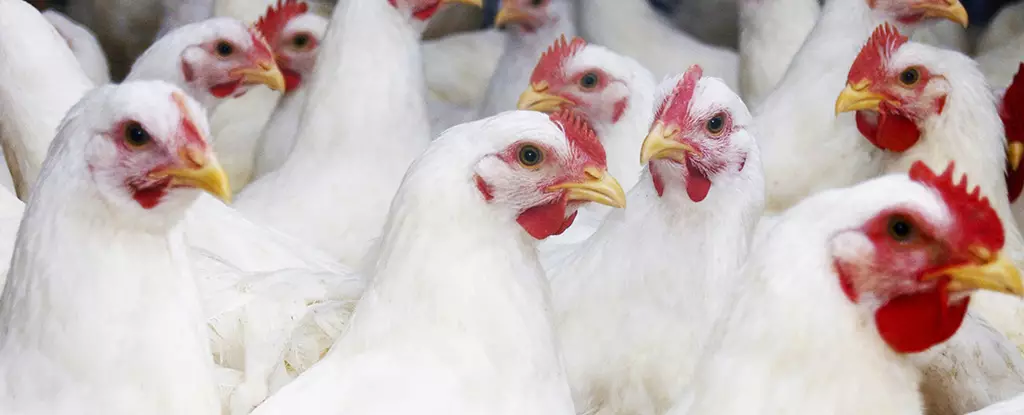The recent outbreak of bird flu in Colorado has caused quite a stir, with the virus spreading from a dairy farm to a nearby poultry farm and infecting five individuals tasked with culling the affected birds. Avian influenza H5N1 is highly infectious and has the potential to become a pandemic. The urgency to develop a vaccine to contain its devastating effects is at an all-time high.
The US Centers for Disease Control and Prevention (CDC) has confirmed four cases of human infection stemming from the commercial egg laying business, with a fifth case pending confirmation. There is speculation that the virus may have jumped from dairy cattle to the poultry farm, as genomic sequencing of samples from the poultry operation revealed a similar genotype to the one found in nearby dairy herds. This ability of the virus to cross species barriers is a cause for concern, as it indicates a higher likelihood of spread.
While the symptoms in infected humans have been mild thus far, the impact on agriculture is significant. The milk from cows with the virus is deemed unsafe for consumption, and mass culling measures – such as the euthanization of 1.8 million birds at the Colorado poultry farm – have been implemented to prevent further spread. Unfortunately, these culling practices have also led to an increase in the risk of human infection, particularly among workers involved in the process.
Risk to Workers
The five individuals infected were part of the team responsible for loading birds into carbon dioxide gas chambers for culling. The working conditions, including the use of industrial fans that may have spread virus-carrying feathers and the close contact with infected birds during culling, likely contributed to the spread of the virus among workers. Despite extensive personal protective equipment (PPE) typically used in such scenarios, the extreme temperatures in Colorado at the time may have made it challenging for workers to adhere to safety measures.
In response to the outbreak, the CDC has not recommended H5-specific vaccines for livestock workers, citing the mild symptoms observed and the lack of significant genetic mutations in the virus. However, efforts are being made to enhance transmission prevention strategies, with an industrial hygienist being enlisted to investigate ways to improve safety measures during culling procedures. The importance of early detection and rapid response in containing the spread of the virus cannot be overstated.
The recent outbreak of avian influenza H5N1 in Colorado serves as a stark reminder of the potential risks associated with zoonotic viruses and the need for vigilance in public health and agriculture practices. While the current cases have been relatively mild, the ability of the virus to infect multiple species and the impact on livestock numbers highlight the importance of effective prevention and control measures. Continued research and collaboration among public health agencies, agricultural authorities, and scientific experts are crucial in mitigating the risks posed by emerging infectious diseases.


Leave a Reply